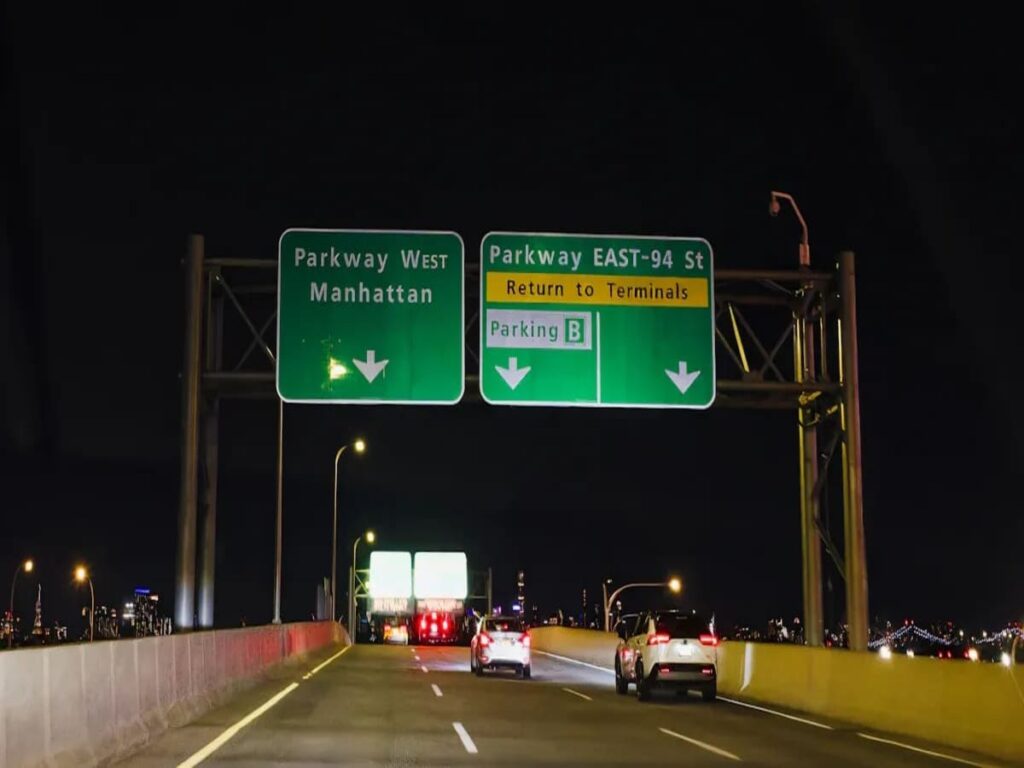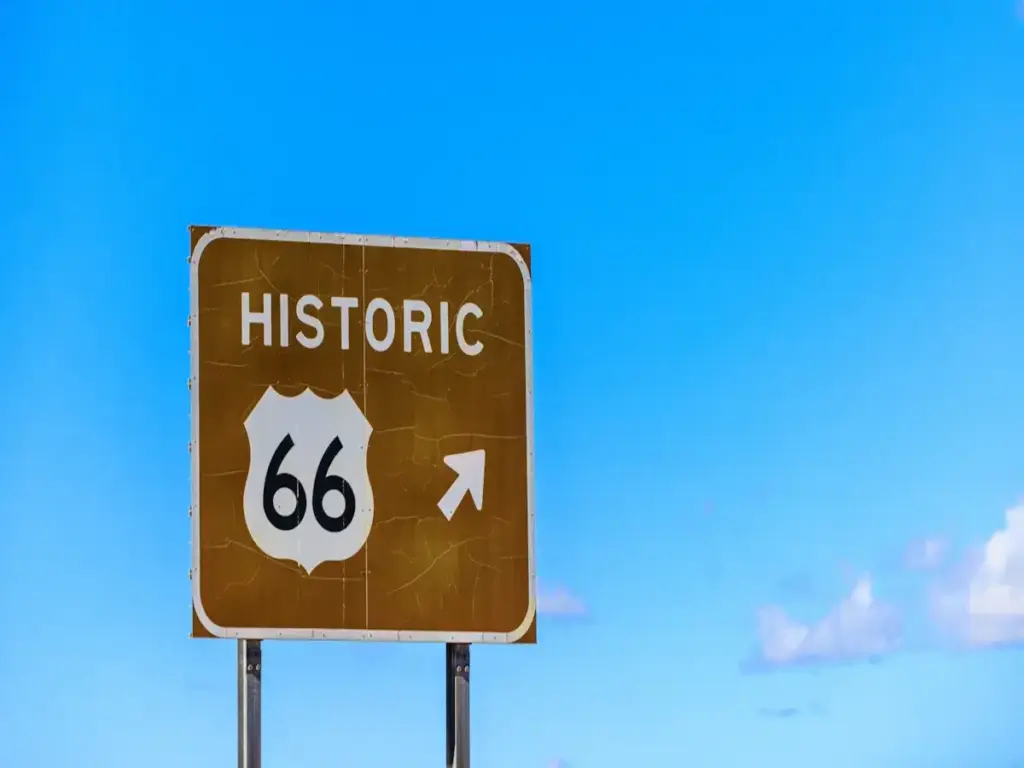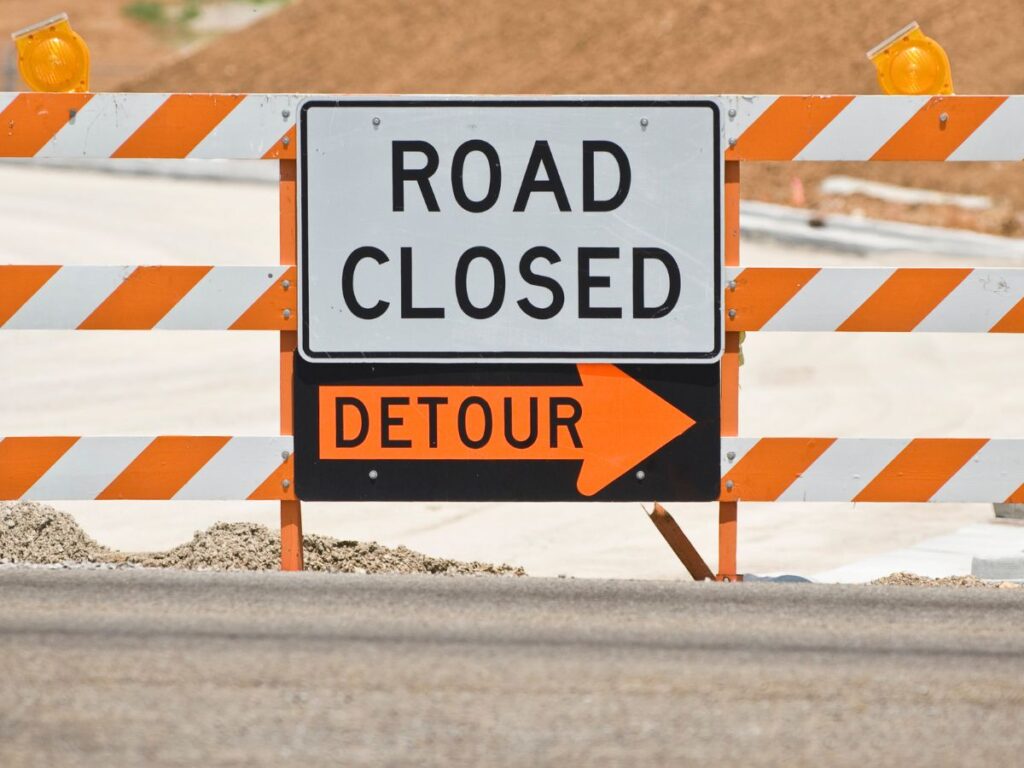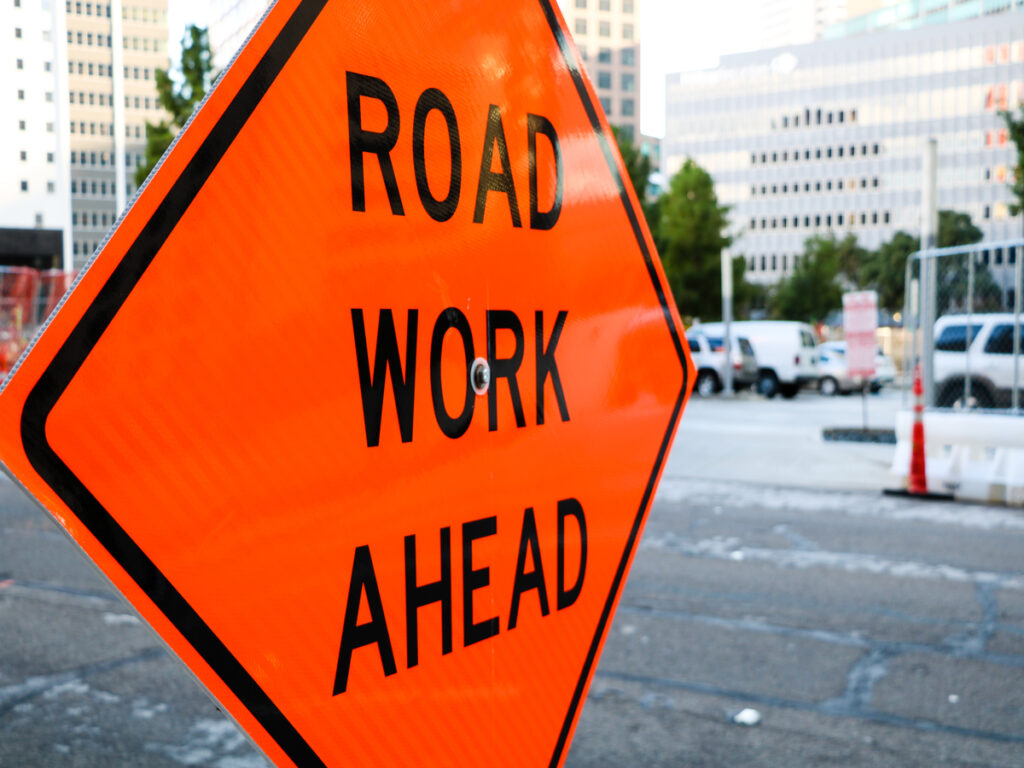
Imagem dirigindo por uma zona de trabalho e vendo um caos repentino - luzes agitadas, carros parados, e trabalhadores de emergência. Isso aconteceu com muitas pessoas em 2021 quando 956 Vidas foram perdidas nas zonas de trabalho, e sobre 42,000 Foram relatados lesões. Ainda pior, acidentes mortais com caminhões grandes em zonas de trabalho subiram 39% de 2020 para 2021. Esses fatos mostram como as zonas de trabalho podem ser perigosas se as regras de segurança não forem seguidas.
Semana de conscientização da zona de trabalho nacional é um esforço em todo o país para parar essas tragédias. Desde que começou em 1999, Este evento se concentrou em manter os trabalhadores e motoristas seguros. Para a semana de conscientização da zona de trabalho nacional 2025, O tema é “Respeite a zona, Chegue em casa com segurança.” Ele pede que todos tenham cuidado, para que todas as viagens por uma zona de trabalho terminem com segurança - para você e para os trabalhadores que consertam nossas estradas.
Takeaways -chave
- Zonas de trabalho podem ser arriscadas. Em 2021, sobre 1,000 As pessoas morreram em zonas de trabalho. Sempre siga as regras de segurança para se manter seguro e proteger os trabalhadores.
- O 2025 Tema é ‘Respeite a zona, Chegue em casa com segurança.’ Isso significa ser cuidadoso em zonas de trabalho para que todos cheguem em casa com segurança.
- Desacelerar e manter o foco nas zonas de trabalho. Excesso de velocidade ou distrações podem causar más acidentes. Sempre siga os limites e sinais de velocidade.
- Participe da semana de conscientização da Zona de Trabalho Nacional, juntando eventos como Go Orange Day. Usar laranja mostra que você se preocupa com a segurança da zona de trabalho.
- Aprenda sobre permanecer seguro nas zonas de trabalho. Use Recursos FHWA para ensinar os outros e ajudar a manter sua comunidade segura.
Por que a segurança da zona de trabalho é importante
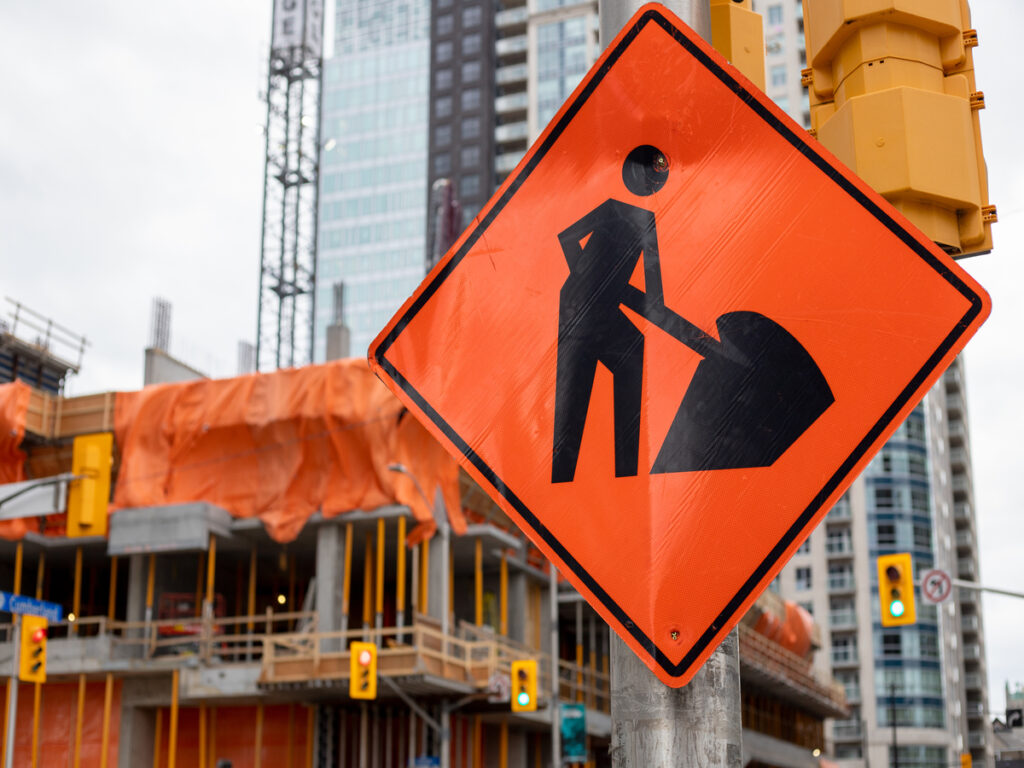
O impacto humano e econômico
Zonas de trabalho são feitas para consertar estradas, Mas eles podem ser arriscados se a segurança for ignorada. Você sabia que acidentes nas zonas de trabalho geralmente causam lesões piores do que acidentes em outros lugares? Por exemplo, Acidentes com caminhões grandes nas zonas de trabalho geralmente são mais graves. Estradas sem barreiras ou divisórias também têm acidentes mais perigosos. Mesmo onde um acidente acontece em uma zona de trabalho é importante - os acidentes próximos aos trabalhadores geralmente são os piores. Esses fatos mostram por que as regras de segurança são tão importantes.
Os números são chocantes. De 2010 para 2013, 2,372 Pessoas morreram nos EUA. zonas de trabalho. Isso acabou 2,000 vidas perdidas em apenas três anos. No Kansas, havia sobre 1,612 A zona de trabalho cai todos os anos de 2002 para 2014. Esses números provam com que frequência e perigoso são esses acidentes.
Mas não se trata apenas de números. Cada acidente muda de vida. As famílias perdem entes queridos. Os trabalhadores sofrem ferimentos graves. Os motoristas enfrentam problemas de estresse e dinheiro. Contas médicas, reparos de carros, E o pagamento perdido pode aumentar rápido. Para muitos, A dor emocional é ainda pior. Todo acidente afeta mais do que apenas as pessoas envolvidas - afeta famílias e comunidades inteiras.
O efeito cascata nas comunidades
Acidentes de zona de trabalho não apenas machucam pessoas; Eles também estragam a vida diária. Imagine ficar preso no trânsito por horas por causa de um acidente. É hora de você gastar trabalhando, com família, ou fazendo coisas divertidas. Atrasos no trânsito de acidentes de zona de trabalho arruinam horários para todos, como passageiros e motoristas de entrega.
O impacto do dinheiro é ainda maior. Quando o tráfego diminui, As empresas perdem dinheiro. Trabalhos como caminhões e fábricas são os mais difíceis. Um estudo mostrou que os atrasos no trânsito podem dobrar os custos em áreas distantes do acidente. Isso significa que mesmo que sua cidade não esteja perto do acidente, ainda pode sentir os efeitos. Entregas tardias, prazos perdidos, e menos trabalho tudo somente.
Os acidentes na zona de trabalho também podem desacelerar projetos de estradas. Quando os acidentes acontecem, Os trabalhadores param para lidar com o acidente. Isso atrasa o trabalho e aumenta os custos. É uma reação em cadeia que afeta todos, de líderes locais a contribuintes como você. Respeitar as zonas de trabalho não é apenas a segurança - isso ajuda a manter sua comunidade funcionando bem.
Semana de conscientização da zona de trabalho nacional: História e propósito
Como tudo começou
Você já se perguntou como Nwzaw iniciado? Em 1999, três grupos - o Fhwa, AASHTO, e ATSSA- Forças juntas. O objetivo deles era tornar as zonas de trabalho mais seguras para todos.
O primeiro evento aconteceu em abril 2000 em Springfield, Virgínia. Foi um começo pequeno, mas fez uma grande diferença. Desde então, Nwzaw cresceu em todo o país. Agora, Inclui equipes de transporte, trabalhadores da construção civil, e comunidades locais.
Aqui está por que esta semana é importante:
- Ele mostra os riscos que trabalhadores e motoristas enfrentam em zonas de trabalho.
- Ele pede a todos que ajudem a manter as zonas de trabalho seguras.
- Ele lembra que desacelerar pode salvar vidas.
Por que os temas são importantes
Cada ano, Nwzaw escolhe um tema para se concentrar em questões de segurança. Esses temas são mais do que apenas palavras - eles inspiram ação. Temas anteriores falaram sobre dirigir distraído e zonas de trabalho de curto prazo. Eles fazem você pensar em como suas escolhas afetam outras.
O 2025 tema, “Respeite a zona, Chegue em casa com segurança,” é importante também. Ensina duas coisas. Primeiro, Respeite as zonas de trabalho por ter cuidado e alerta. Segundo, O objetivo é que todos cheguem em casa com segurança. Este tema mostra que a segurança é algo que todos compartilhamos. Quando você respeita as zonas de trabalho, Você protege a si mesmo e aos trabalhadores consertando nossas estradas.
Curiosidade: Nwzaw ajudou a tornar as áreas de construção de estradas mais seguras. Suas campanhas salvaram vidas e reduzem acidentes.
Aprendendo sobre a história e propósito de Nwzaw, Você verá que é mais do que apenas uma semana. É uma maneira de reunir as pessoas para tornar as estradas mais seguras para todos.
O 2025 Tema: Respeite a zona, Chegue em casa com segurança
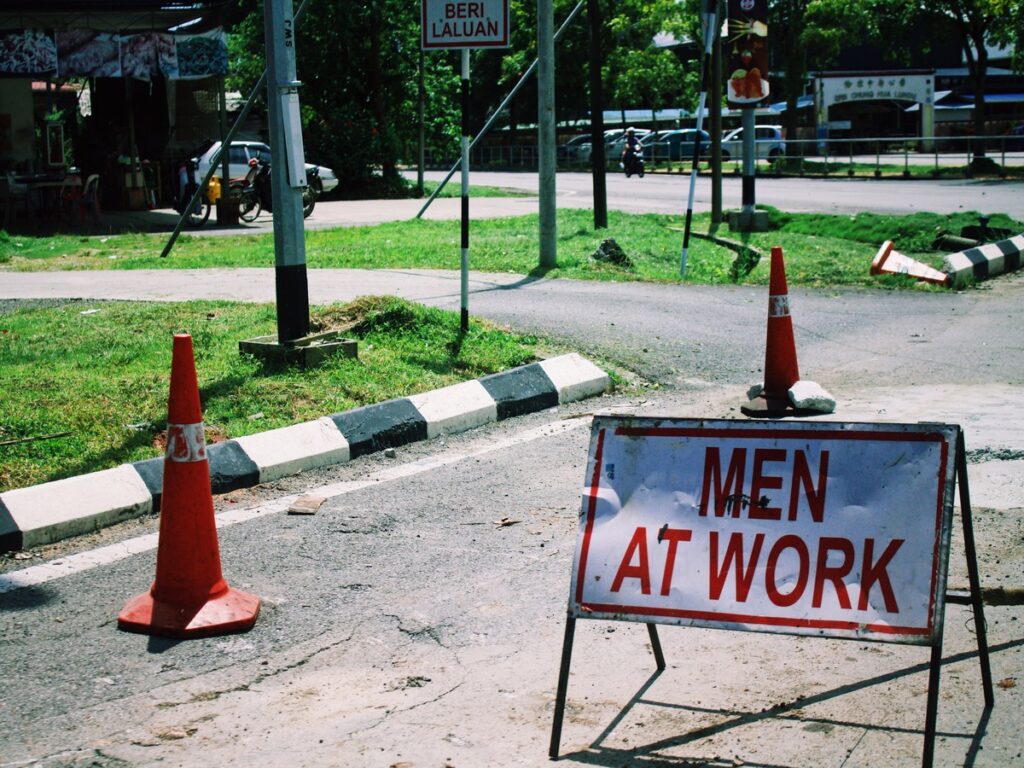
Compreendendo o tema
O que ‘Respeite a zona’ Significa
“Respeite a zona” significa ter cuidado nas áreas de trabalho. Esses lugares têm trabalhadores e grandes máquinas. Tráfego muda muito aqui. Se você se distrair, Acidentes podem acontecer. Respeitar a zona significa seguir as regras e manter as pessoas seguras.
Vamos ver por que esse tema é importante:
| Evidência | Explicação |
|---|---|
| Temas devem ser claros e importantes | “Respeite a zona” Shows, precisamos ter cuidado nas áreas de trabalho. |
| Temas devem ser apoiados por fatos | O tema é baseado em dados reais, Como mais acidentes de zona de trabalho, tornando isso importante. |
| Temas devem se conectar | “Respeite a zona” links para “Chegue em casa com segurança,” Mostrar como ter cuidado mantém todos em segurança. |
Isso deixa o tema claro para motoristas e trabalhadores, pedindo que tenham muito cuidado.
O que ‘Chegue em casa com segurança’ Significa
“Chegue em casa com segurança” é o objetivo principal. Seja dirigindo ou trabalhando, Todo mundo quer ir para casa para a família. Esta parte do tema mostra que a segurança é sobre pessoas, não apenas regras. Toda escolha cuidadosa ajuda a todos, incluindo trabalhadores, Chegue em casa com segurança.
Pense nisso: Quando você diminui a velocidade e assiste sinais de segurança, Você se protege e ajuda os trabalhadores a consertar estradas. É um trabalho compartilhado que ajuda a todos.
Por que a responsabilidade compartilhada é importante
Como todos devem trabalhar juntos
A segurança da zona de trabalho precisa de trabalho em equipe. Motoristas, trabalhadores, e todos os grupos têm papéis. Os motoristas devem se concentrar e seguir as regras. Os trabalhadores precisam de equipamentos de segurança e permanecem em zonas seguras. Grupos devem dar sinais e treinamento claros.
Trabalhar juntos é a chave. Quando todos ajudam, Acidentes podem ser interrompidos. Por exemplo, Grupos podem usar idéias de trabalhadores e motoristas para tornar as coisas mais seguras. Os trabalhadores podem sinalizar motoristas, e os motoristas podem desacelerar e prestar atenção. É um esforço de equipe que salva vidas.
O papel da aprendizagem e consciência
Aprendizagem e consciência são importantes para a responsabilidade compartilhada. Conhecer os riscos da zona de trabalho faz você respeitá -los mais. Eventos como a Semana da Consciência da Zona de Trabalho Nacional espalharam este conhecimento. Eles ensinam por que desacelerar e seguir sinais é importante.
Como Daniel Pascale disse, “Ninguém é uma ilha… A colaboração é fundamental. Todos nós precisamos compartilhar recursos.” Isso se encaixa bem na zona de trabalho de segurança. Aprendendo e ensinando os outros, Você constrói respeito entre motoristas e trabalhadores. A consciência leva a melhores escolhas, e melhores escolhas tornam as estradas mais seguras.
Dica: Da próxima vez que você estiver em uma zona de trabalho, Pense nos trabalhadores como pessoas com famílias esperando por eles. Um pouco de cuidado pode fazer uma grande diferença.
Como ingressar na semana de conscientização da zona de trabalho nacional 2025
Principais eventos e atividades
Semana de conscientização da zona de trabalho nacional 2025 tem muitos eventos para promover a segurança. Aqui está o que está planejado e como você pode participar:
Dia de Treinamento de Segurança da Zona de Trabalho (abril 21)
Este dia se concentra em aprender sobre segurança. Motoristas, trabalhadores, e grupos podem participar de workshops para aprender dicas de segurança. Essas sessões usam exemplos da vida real para ensinar como se manter seguro. É como uma rápida lição de salvar vidas.
Evento nacional de kickoff (abril 22)
O evento de kickoff acontecerá em Raleigh, NC, hospedado por Ncdot. Você ouvirá especialistas falarem, Veja demos de segurança, e conhecer outras pessoas que se preocupam com estradas mais seguras. Se você está por perto, Não perca.
Vá do dia laranja e campanhas de mídia social
Sobre Vá laranja dia, Use laranja para apoiar a segurança da zona de trabalho. Tire uma foto, Publique online, e use hashtags como #NWZAW2025. A mídia social também compartilhará histórias, pontas, e vídeos para manter a mensagem viva. É uma maneira fácil de ajudar.
Eis por que esses eventos são importantes:
| Fato | Fonte |
|---|---|
| 72.7% dos organizadores dizem que os líderes apoiam estratégias de eventos pessoais | Bizzabo |
| 55% dos americanos se sentem mais conectados através de eventos | Momentos |
| 65% das pessoas dizem que os eventos ao vivo os ajudam a entender melhor | Momentos |
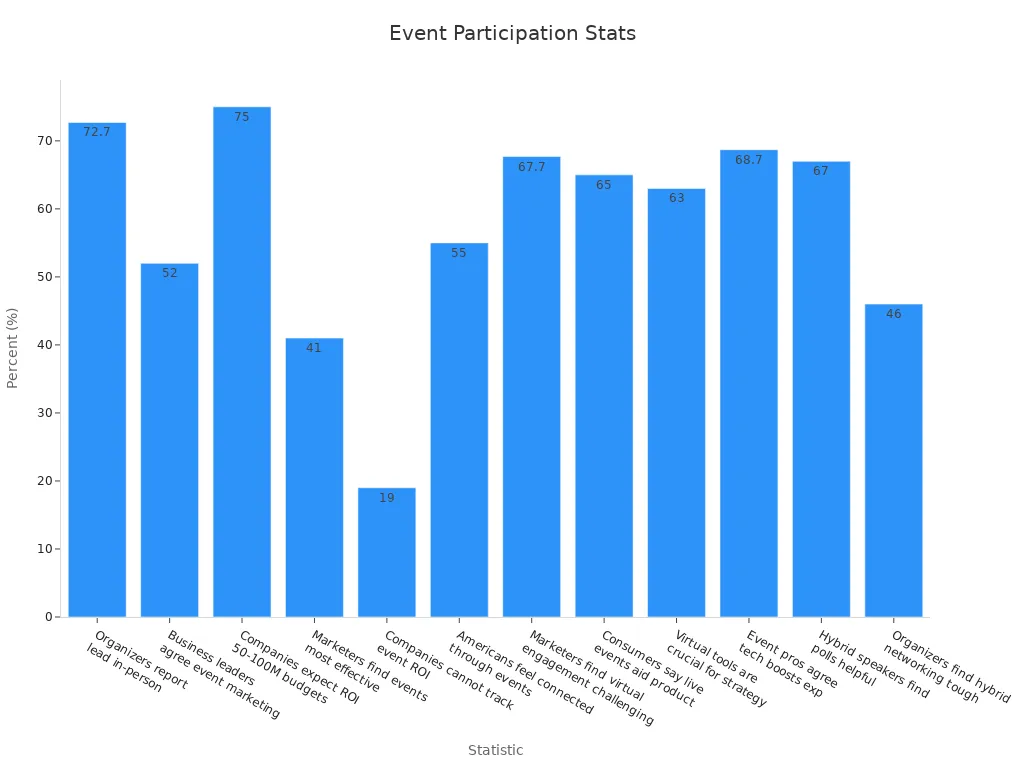
Ferramentas para se envolver
Você não precisa ser um especialista para se juntar a Nwzaw 2025. O FHWA oferece muitas ferramentas para ajudá -lo a fazer a diferença. Aqui está o que você pode usar:
- Pôsteres e folhas de fatos: Ótimo para escolas, escritórios, e grupos. Descanse -os ou compartilhe -os para espalhar a palavra.
- Materiais online: Baixar guias, vídeos, e infográficos do site da FHWA. Compartilhe -os online ou use -os em negociações.
- Kits de ferramentas educacionais: Esses kits ajudam você a hospedar eventos ou workshops. Eles tornam a união fácil e eficaz.
Dica: As escolas podem realizar concursos de arte sobre segurança, E as empresas podem hospedar palestras para o almoço. Todo esforço ajuda!
O FHWA também trabalha com outras pessoas para melhorar a segurança. Eles usam dados e ferramentas como o Kit de ferramentas de revisão ambiental e o banco de dados de localização inteligente da EPA. Esses recursos ajudam a todos - de líderes a motoristas - promove a segurança.
Histórias de sucesso do passado
Os últimos anos mostram que Nwzaw faz uma grande diferença. Aqui estão alguns destaques:
- Campanhas de conscientização pública: Em 2023, Uma campanha de mídia social alcançou 1 milhões de pessoas, instando os motoristas a desacelerar.
- Demonstrações de segurança: UM 2022 Evento do Texas mostrou simulações de colisão para enfatizar a necessidade de limites de velocidade.
- Engajamento da comunidade: As escolas da Califórnia realizaram concursos de pôsteres, Ensinar crianças e envolver famílias em esforços de segurança.
Veja como os eventos anteriores causaram impacto:
| Métrica | Descrição |
|---|---|
| Taxa de engajamento | Cresceu 25% Durante as campanhas do Go Orange Day. |
| Métricas de mídia social | Sobre 10,000 compartilhamentos e comentários sobre postagens de segurança. |
| Feedback e depoimentos | As pessoas se sentiram mais informadas e motivadas a dirigir com segurança em zonas de trabalho. |
Essas histórias mostram como pequenas ações podem criar grandes mudanças. Juntando -se a Nwzaw 2025, Você está ajudando a salvar vidas e melhorar as comunidades.
Dicas práticas para se manter seguro em zonas de trabalho
Para motoristas
Desacelerar e seguir os limites de velocidade nas zonas de trabalho.
Dirigir rápido demais nas zonas de trabalho causa muitos acidentes. Quando você vê um sinal de zona de trabalho, desacelerar imediatamente. Os limites de velocidade são mais baixos aqui para manter todos seguros, incluindo trabalhadores. Em 2022, acidentes relacionados a velocidade causados 12,000 mortes. Desacelerar pode salvar vidas, especialmente perto de máquinas pesadas ou estradas esburacadas.
Mantenha o foco,Evite distrações como mensagens de texto ou comer。
Distrações tornam a direção perigosa. Mensagens de texto, comendo, ou usar seu GPS tira os olhos da estrada. As zonas de trabalho geralmente têm mudanças repentinas de faixa ou paradas, Então, prestar atenção é muito importante. De 2008 para 2022, motoristas distraídos causaram muitos acidentes. Guarde o telefone e mantenha as mãos no volante.
Siga bandeiras e sinais de trânsito para manter o tráfego em movimento.
Bandeiras e Sinais de trânsito guiá -lo com segurança através de zonas de trabalho. Ignorá -los pode causar confusão, atrasos, ou acidentes. Sempre siga suas instruções, Mesmo que signifique esperar um pouco mais. Eles estão lá para proteger todos, incluindo você.
Para trabalhadores
Use roupas brilhantes e equipamentos de segurança adequados.
Sua segurança começa com o que você veste. Roupas brilhantes ajudam os motoristas a te ver, Especialmente à noite ou em fraca luz. Barreiras reflexivas e Cones de trânsito, como aqueles de OPTRÁFEGO, Tornar você mais visível. Não se esqueça do seu capacete, luvas, e botas - elas protegem você dos perigos.
Fique em zonas seguras e converse com sua equipe.
As zonas de trabalho podem estar ocupadas com veículos e máquinas em movimento. Sempre fique em áreas seguras marcadas e converse claramente com sua equipe. Use sinais de mão ou rádios para permanecer coordenados e evitar acidentes. Ficar em zonas seguras reduz o risco de ser atingido.
Participe do treinamento de segurança frequentemente para aprender as melhores práticas.
O treinamento de segurança salva vidas. Programas práticos, como kits de treinamento, Ensine habilidades do mundo real. Lições curtas e ferramentas virtuais facilitam o aprendizado e mais divertido. Quando emparelhado com Cones de segurança optraffic, Esses kits oferecem um abrangente, Abordagem prática para criar ambientes de trabalho mais seguros. A combinação de treinamento e equipamento adequado garante que os trabalhadores estejam melhor preparados para lidar com situações da vida real, levando a menos lesões e um local de trabalho mais seguro para todos.
Observação: Lesões no trabalho custam bilhões a cada ano. O treinamento salva vidas e reduz esses custos.
A Semana da Consciência da Zona de Trabalho Nacional mostra por que as zonas de trabalho seguras são importantes. O 2025 tema, “Respeite a zona, Chegue em casa com segurança,” concentra -se no trabalho em equipe. Motoristas e trabalhadores devem trabalhar juntos para evitar acidentes e lesões. Desacelerar, prestar atenção, e siga os sinais para manter todos em segurança.
A segurança da zona de trabalho afeta todos nós. Os dados mostram o quanto é importante diminuir os acidentes e proteger os trabalhadores. Aqui está uma simples olhada em principais medidas de segurança:
| Medida de segurança | O que isso significa |
|---|---|
| Números de colisão fatal e de lesões | Total de acidentes acontecendo em zonas de trabalho |
| Taxa de mortalidade do trabalhador | Mortes de trabalhadores por horas trabalhadas |
| Projetos com backups de tráfego | Projetos com longos atrasos no trânsito |
Os estados também estudam grandes projetos ao longo de cinco anos para melhorar a segurança. Eles olham para coisas como tipo de estrada e uso da terra para fazer melhores planos.
Você pode ajudar juntando -se a Nwzaw 2025. Participar de eventos, Compartilhe dicas de segurança, e dirigir com cuidado. Junto, Podemos tornar as estradas mais seguras e ajudar todos a chegar em casa com segurança.
Perguntas frequentes
Qual é a semana de conscientização da zona de trabalho nacional (Nwzaw)?
Nwzaw acontece todos os anos para promover a segurança nas zonas de trabalho. Começou 1999 Para proteger motoristas e trabalhadores. A semana inclui eventos, ferramentas, e atividades para ensinar condução segura em zonas de trabalho.
Por que é o 2025 tema, “Respeite a zona, Chegue em casa com segurança,” importante?
Este tema lembra a todos que permaneçam cuidadosos em zonas de trabalho. Ele destaca o trabalho em equipe - os trabalhadores e os trabalhadores devem se ajudar a evitar acidentes. Respeitar a zona ajuda todos a chegar em casa com segurança.
Como posso participar do Nwzaw 2025?
Você pode se juntar usando Orange on Go Orange Day, participando de oficinas, ou compartilhar postagens com #nwzaw2025. Escolas, negócios, e os grupos podem hospedar concursos ou falar sobre segurança. Todo esforço espalha a mensagem.
Quais são algumas dicas rápidas para dirigir com segurança nas zonas de trabalho?
- Dirija mais lento e siga os limites de velocidade.
- Fique alerta - não envie uma mensagem ou coma.
- Siga bandeiras e sinais de trânsito.
- Cuidado com trabalhadores e máquinas.
Dica: Procure sinais eletrônicos para saber as atualizações da zona de trabalho.
Onde posso encontrar recursos para nwzaw?
O Administração Federal de Rodovias (Fhwa) tem pôsteres gratuitos, guias, e kits de ferramentas. Visite o site deles para baixar esses materiais. Os escritórios de transporte local também podem ter mais informações e eventos

